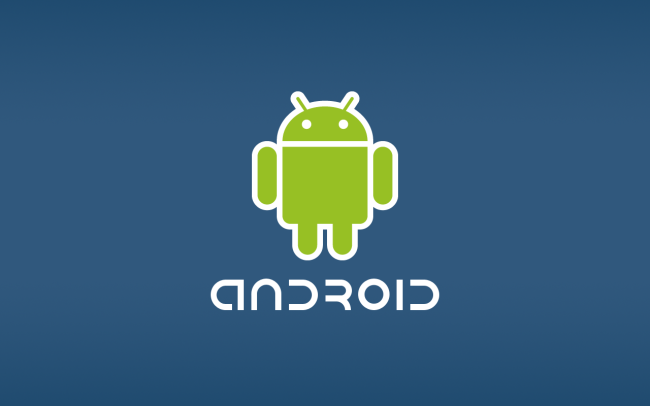 On Wednesday, a discovery was made that could result in every divorce lawyer in the country opening a meeting with a new client with the question: “Does your other half have a smartphone?”
On Wednesday, a discovery was made that could result in every divorce lawyer in the country opening a meeting with a new client with the question: “Does your other half have a smartphone?”
The discovery revealed that since last June, when Apple released iOS 4, the iPhone (and iPad) has been capable of collecting data on the movements of its owner. Although it’s thought that the data is not being passed on to a third party or utilised by Apple itself, the news may have come as something of a shock to iPhone users who value their privacy.
The surprising revelation might have caused some owners of Android phones to scoff in derision from across the digital divide at Apple advocates who worship their phones. “Unbelievable,” they may have whispered quietly under their breath while gently caressing their beloved Android phone.
But it has now emerged that phones running Google’s Android operating system are also recording the same location information as their Apple counterparts.
According to a report in the UK Guardian, the discovery was made by a Swedish researcher by the name of Magnus Eriksson. He has shown that smartphones running the popular Android operating system also record the location of their users, albeit for a shorter length of time. Eriksson says he was prompted to take a look under the bonnet of an Android phone after hearing about the iPhone’s location tracking capabilities.
The Guardian report says that Eriksson’s research uncovered the fact that Android devices “keep a record of the locations and unique IDs of the last 50 mobile masts that it has communicated with, and the last 200 Wi-Fi networks that it has “seen”. These are overwritten, oldest first, when the relevant list is full.”
What, if anything, happens to this data is not yet clear, but what is becoming increasingly obvious is the massive weight placed on the growing importance of location-based services, a market which research firm Gartner says is currently worth $2.9 billion, and growing fast.
Editors' Recommendations
- One of the best budget phones just got even better
- How to use iMessage on an Android phone or tablet
- Google just released the first Android 15 beta. Here’s what’s new
- This Google Pixel 8a leak just spoiled everything about the phone
- This Android phone is so bad I couldn’t review it

